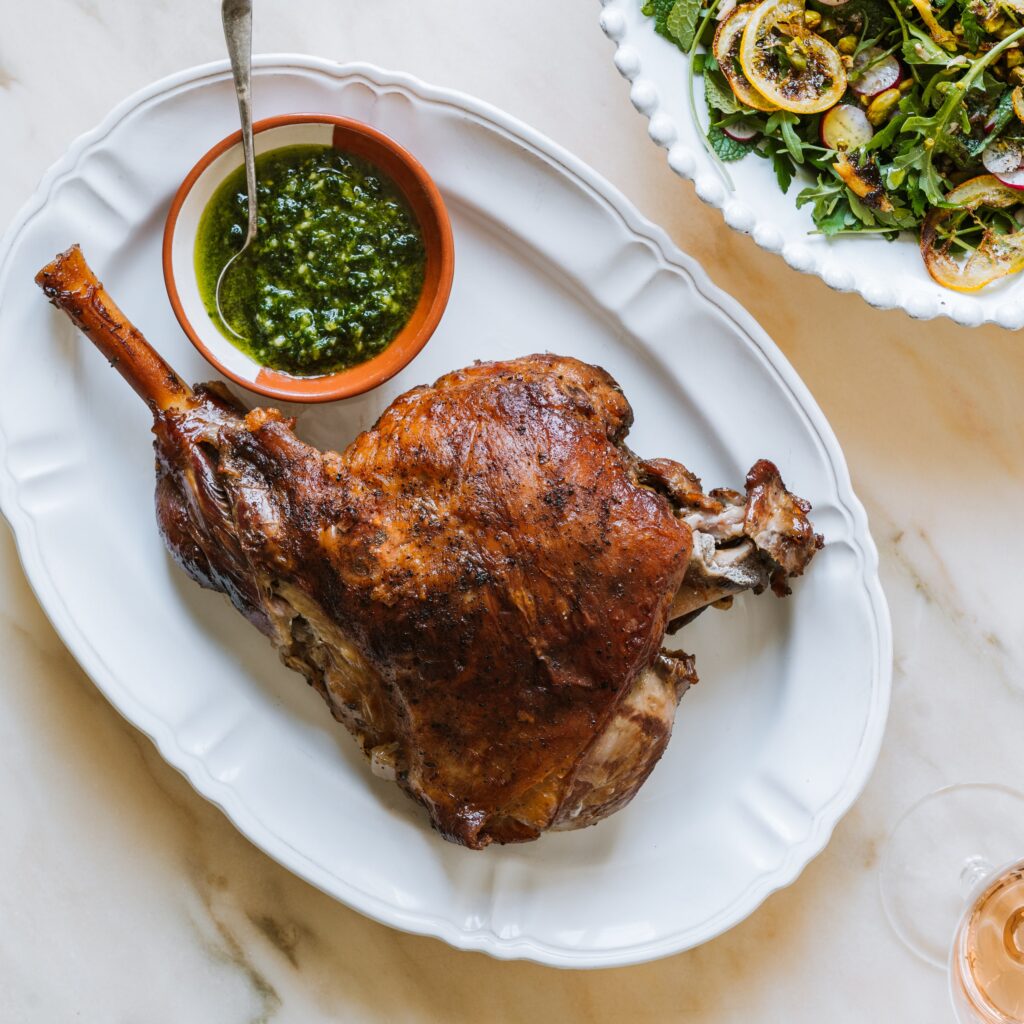Braising is a popular and versatile cooking method that has been used for centuries. It involves searing meat or vegetables and cooking them in a liquid, such as wine or broth, at a low temperature for an extended period of time. This slow cooking process transforms tough cuts of meat into succulent and flavorful dishes and can elevate vegetables to new heights. When braising, it is best to choose tougher cuts of meat that have more collagen and marbling, and to season them generously before searing. Leftover braised meat and vegetables can be used for sandwiches, salads, or pasta dishes.
Slow and Steady Wins the Race: The Magic of Braising
There’s something magical about the art of braising – the transformative process of slow-cooking meats and vegetables in a flavorful liquid until they become tender, melt-in-your-mouth perfection. It’s a technique that has been used for centuries, and for good reason. Braising is a versatile and forgiving cooking method that can turn tough cuts of meat into delicious meals and elevate vegetables to new heights.
The Basics of Braising
Braising involves searing meat or vegetables in oil until they develop a golden crust, then cooking them in a liquid (such as wine, broth, or water) at a low temperature for an extended period of time, typically 2-3 hours. The slow cooking process allows the meat to become tender and absorb the flavors of the liquid, resulting in a succulent and flavorful dish.
Choosing Your Meat
When it comes to braising, tougher cuts of meat are actually better. These cuts (such as chuck roast, pork shoulder, or lamb shanks) have more connective tissue and collagen, which break down and become tender when cooked low and slow. Look for marbling (fat running through the meat) as well, as this will add flavor and prevent the meat from drying out during cooking.
Seasoning Your Meat
Before searing your meat, season it generously with salt and pepper. This will not only enhance the flavor, but also help develop a flavorful crust when searing. You can also add other seasonings such as herbs, spices, or garlic, depending on your preference.
Choosing Your Liquid
When it comes to choosing a liquid for braising, the possibilities are endless. Wine, broth, or water are all popular choices, and you can also add aromatics such as onions, garlic, celery, and carrots to the liquid to infuse even more flavor into the dish.
The Braising Process
Once your meat is seared and your liquid is ready, it’s time to start braising. Place the meat in a pot or Dutch oven and pour the liquid over it, making sure the meat is completely submerged. Bring the liquid to a simmer, then cover the pot and transfer it to the oven or stove at a low heat. Let the meat cook for 2-3 hours, checking it occasionally to make sure the liquid hasn’t evaporated and adding more if needed.
Braising Vegetables
Braising is not just limited to meat – it’s also a great way to cook vegetables. Hardier vegetables such as carrots, turnips, and parsnips are great candidates for braising, as well as leafy greens such as kale and chard. The process is similar to braising meat – sear the vegetables, then cook them low and slow in a flavorful liquid until tender.
Tips and Tricks for Beginners
- Don’t be afraid to experiment with different cuts of meat and liquids
- Take your time when searing the meat – a good crust is crucial for flavor
- Make sure to skim off any fat or impurities that rise to the surface during cooking
- Use a pot or Dutch oven with a tight-fitting lid to prevent evaporation
- Let the meat rest for a few minutes before serving to allow the juices to redistribute
- Leftover braised meat and vegetables can be used for sandwiches, salads, or even pasta dishes
Braising is a rewarding and delicious cooking technique that can take your meals to the next level. With a little patience and some experimentation, you can master the art of braising and impress your friends and family with your culinary skills. So go ahead – take your time, keep it slow and steady, and see the magic unfold.
